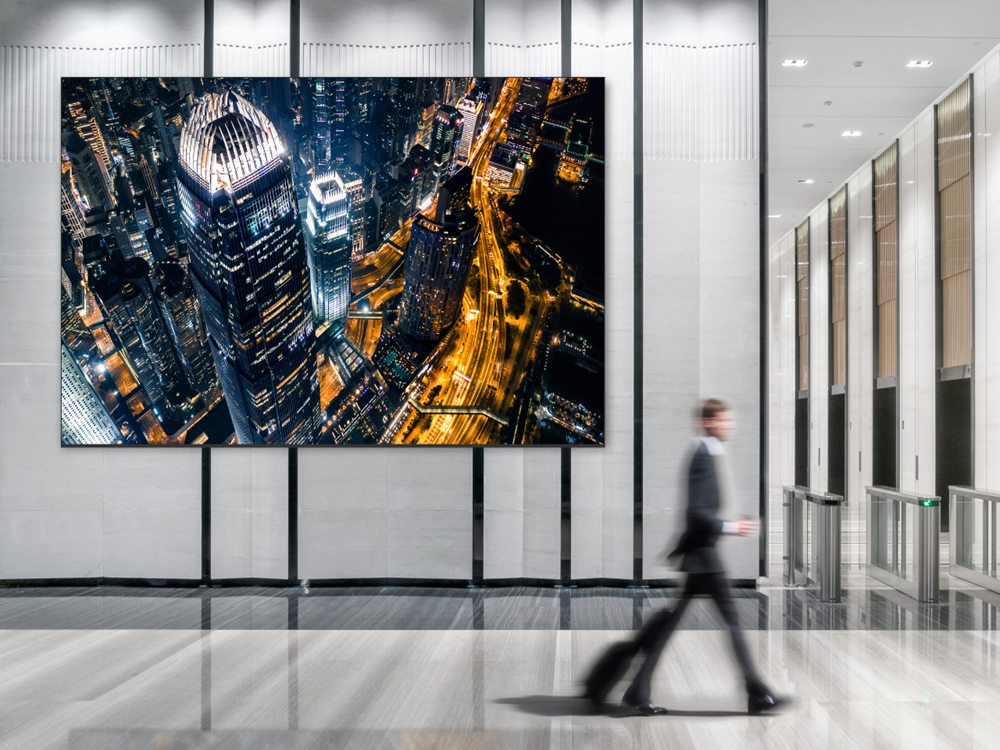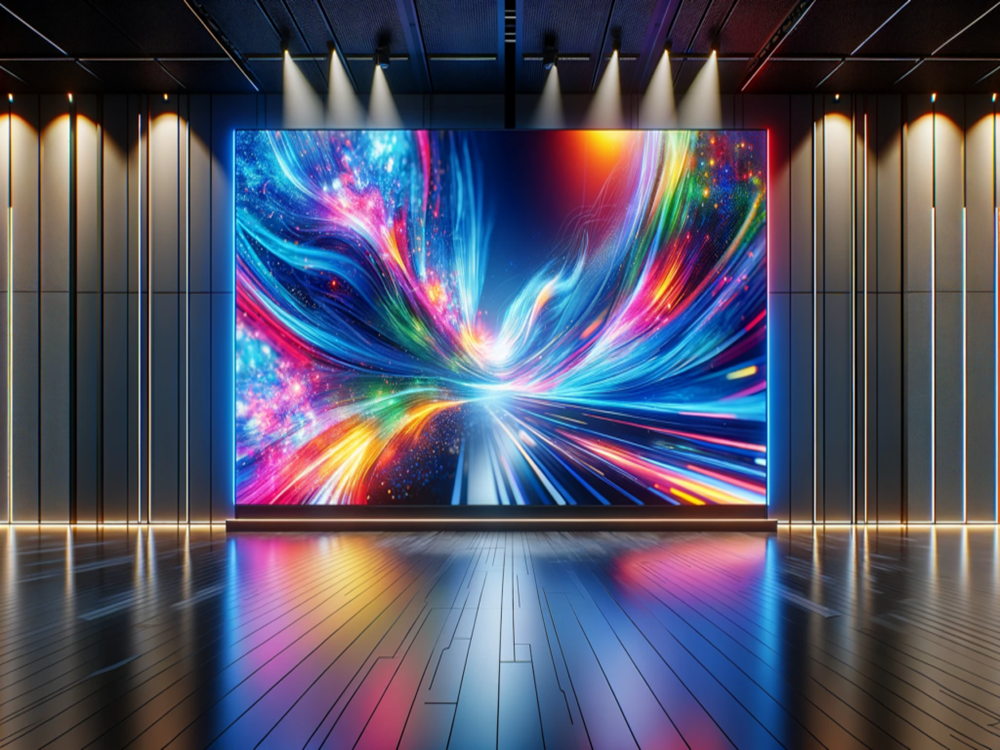What Is an LED Display?
An LED display, short for Light-Emitting Diode display, is an electronic device made up of tiny bulbs that emit light when an electrical current passes through them, forming images or text. These LEDs are arranged in a grid, and each LED can be turned on or off individually to display the desired visuals.
LED displays are widely used in digital signage, scoreboards, billboards, and more. They are highly durable, resistant to impact and vibration, and capable of withstanding harsh weather conditions, temperature fluctuations, and humidity. This makes them suitable for both indoor and outdoor environments.
Unlike traditional display technologies such as LCD (Liquid Crystal Display) or OLED (Organic Light-Emitting Diode), LED displays generate their own light and do not require a backlight. This unique feature gives them superior brightness, energy efficiency, and longer lifespan.
How Do LED Displays Work?
Let’s uncover the science behind LED displays! These screens use microscopic bulbs called light-emitting diodes (LEDs) made of semiconductor materials. When current flows through, energy is released in the form of light.
RGB:
To create vibrant visuals, LEDs use a combination of the three primary colors: Red, Green, and Blue (RGB). Each LED emits one of these colors, and by adjusting the intensity, the display produces a full spectrum of colors, resulting in vivid digital images and text.
Refresh Rate & Frame Rate:
-
The refresh rate determines how often the display updates, ensuring smooth transitions and reducing motion blur.
-
The frame rate is the number of frames shown per second, crucial for seamless video and animation playback.
Resolution & Pixel Pitch:
-
Resolution is the total number of pixels (e.g., 1920×1080). Higher resolution = finer image quality.
-
Pixel pitch is the distance between pixels. A smaller pitch increases pixel density, improving detail and sharpness.
Microcontrollers:
Microcontrollers act as the brains of LED displays. They process signals from the control system and driver ICs to ensure accurate brightness and color control.
Control System Integration:
The control system acts as the command center, using software to communicate with microcontrollers. This enables seamless transitions between images, videos, and interactive content, remote management, dynamic updates, and compatibility with external devices and networks.
Types of LED Displays
LED displays come in many forms to meet different needs:
-
LED Video Walls – Multiple panels combined into a seamless large screen, perfect for venues, control rooms, and retail.
-
LED Billboards & Signage – Bright, high-contrast displays used in cityscapes and highways for advertising.
-
LED TVs & Monitors – Deliver sharp visuals, vibrant colors, and energy efficiency.
-
Curved LED Displays – Designed to match the natural curvature of the human eye, used in gaming, cinemas, and exhibitions.
-
Flexible LED Displays – Enable curved or rolled designs while maintaining transparency, often used in retail, exhibitions, and museums.
-
Micro LED Displays – Use ultra-small LED chips for high brightness, contrast, and resolution, suitable for TVs, AR, and VR.
-
Interactive LED Displays – Respond to touch or gestures, widely used in education, retail, and exhibitions for immersive experiences.
Advantages of LED Displays
-
Energy Efficiency – LEDs convert nearly all energy into light, reducing power consumption.
-
Long Lifespan – Solid-state design ensures durability and lower maintenance costs.
-
High Brightness & Clarity – Crisp visuals, even in bright environments.
-
Flexible Design – Can be customized into curved, folded, or unconventional shapes.
-
Eco-Friendly – Mercury-free, energy-efficient, and sustainable.
SMD vs. DIP
-
SMD (Surface-Mounted Device): Smaller, thinner LEDs with higher brightness, wider viewing angles, and higher pixel density—ideal for indoor high-resolution displays.
-
DIP (Dual In-line Package): Larger cylindrical LEDs, highly durable and perfect for outdoor displays.
Choice depends on application: SMD for indoor, DIP for outdoor.
LED vs. LCD
-
LED Displays: Use LEDs to directly illuminate screens (“direct-lit” or “full-array” LED).
-
LCD Displays: Do not emit light on their own and require a backlight (e.g., CCFL).
LED displays are thinner, more flexible, brighter, and have better contrast and wider color range. LCDs, while bulkier, can still deliver good performance, especially with advanced IPS technology.
Summary
In short, LED displays are versatile, efficient, and powerful tools for dynamic visual communication.
If you’re seeking a transformative display solution, explore the world of Hot Electronics LED displays. Perfect for businesses that want to strengthen their visual impact.
Ready to take your brand to the next level? Contact us today—our vivid displays and smart content management will elevate your brand image. Your brand deserves it!
Post time: Sep-24-2025


